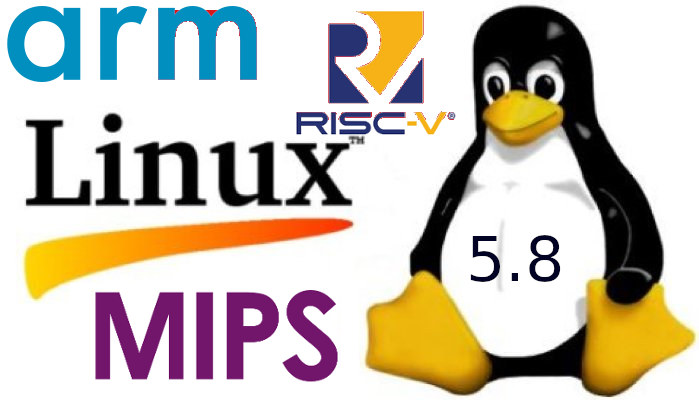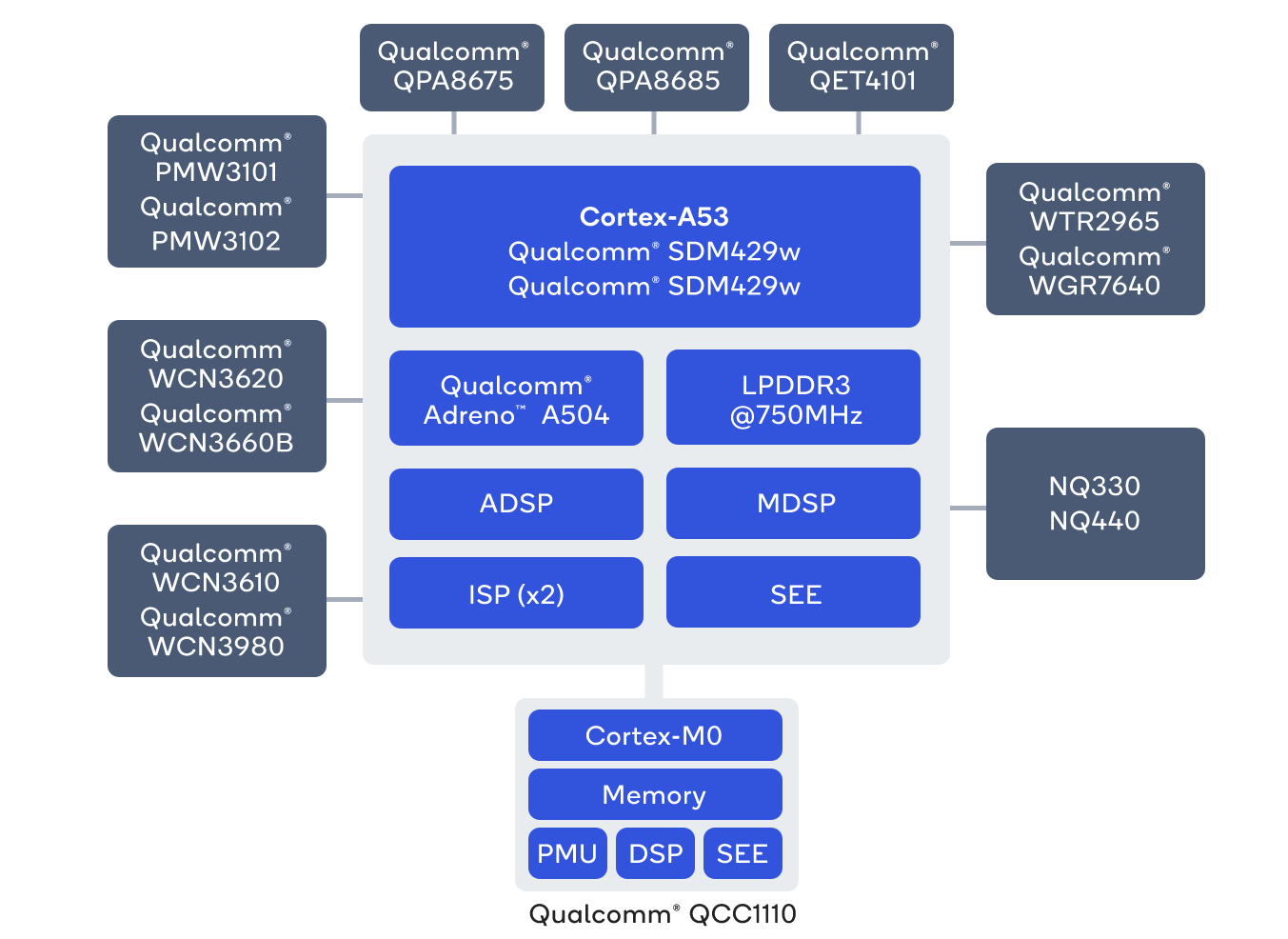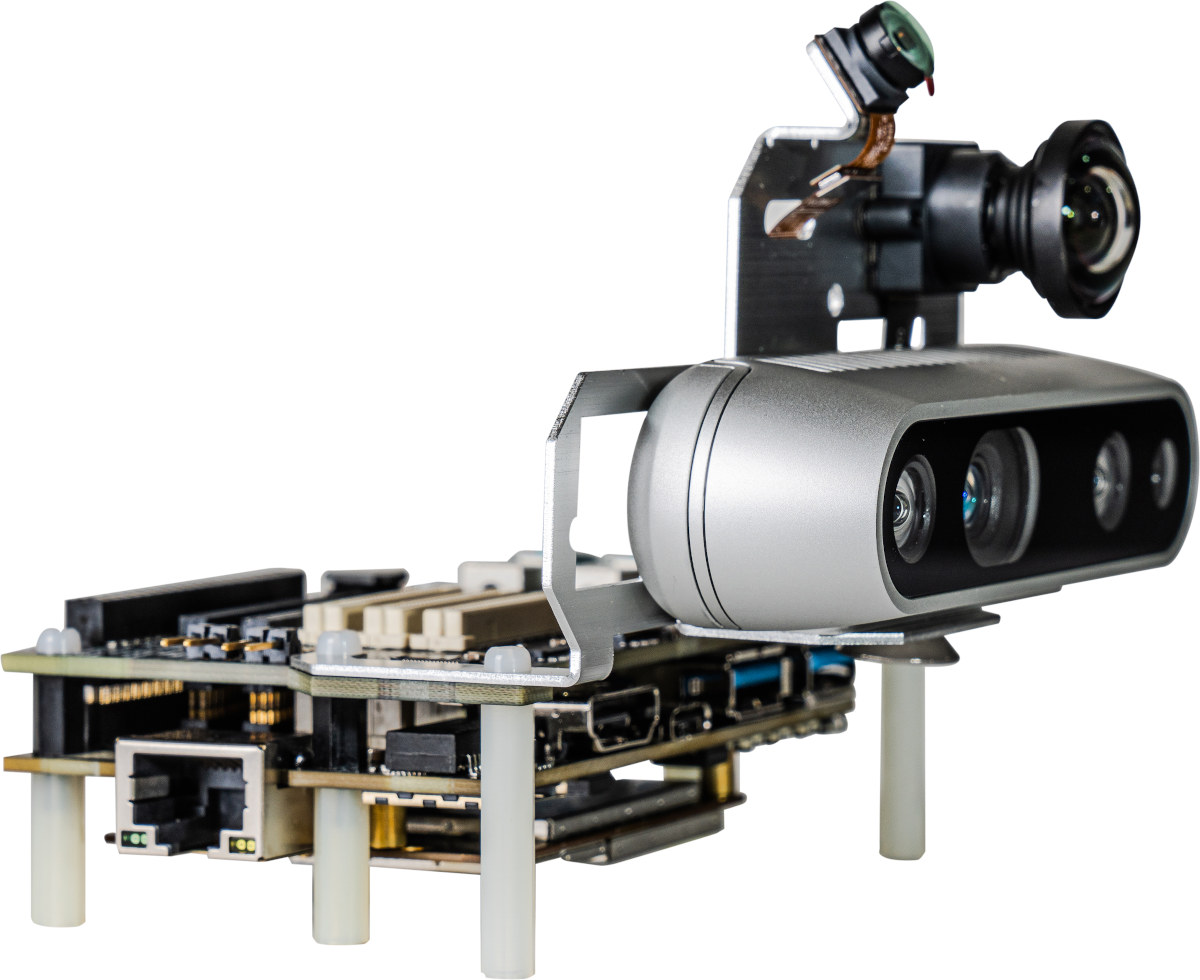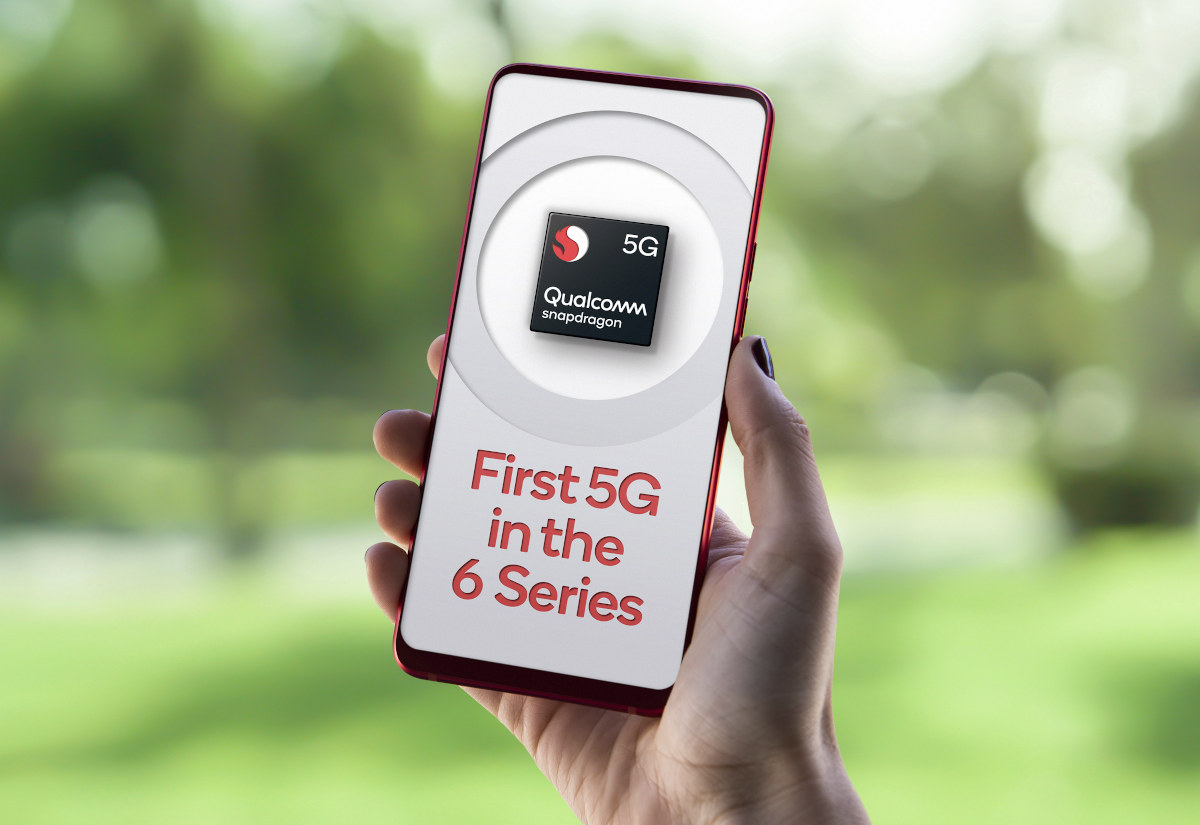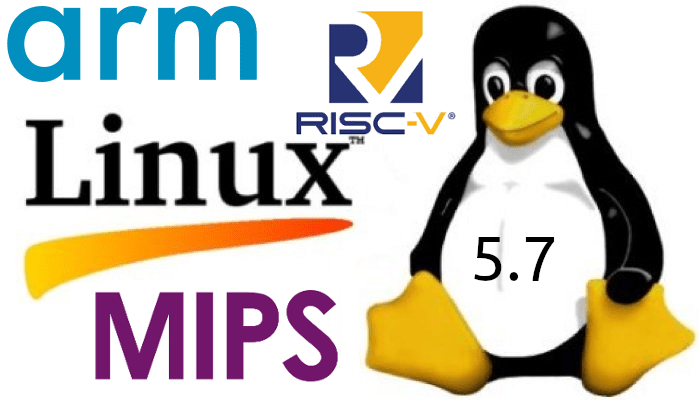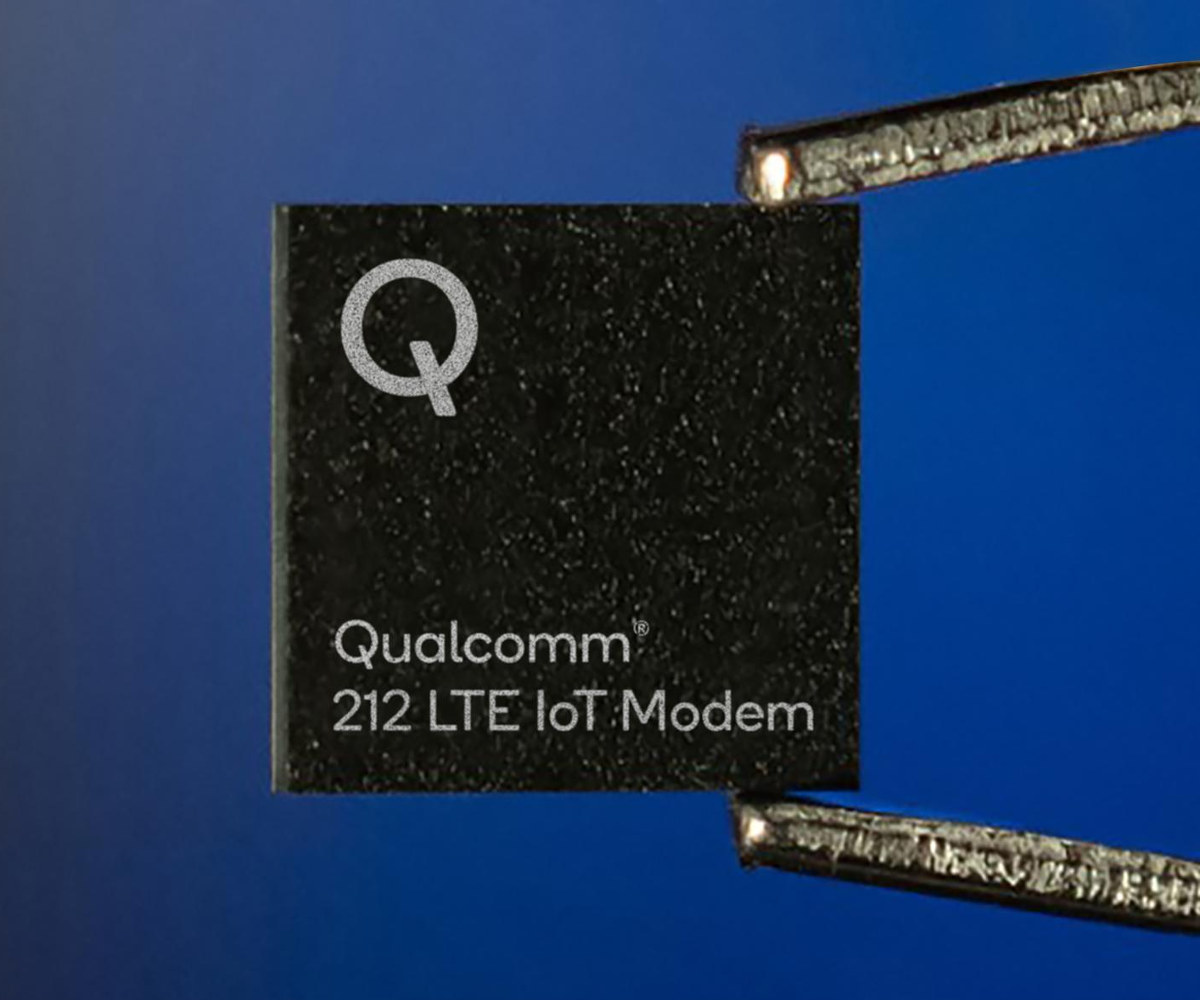Manga and comics fans, rejoice! After years of getting black & white eReaders, the first commercial color eReaders are coming to market starting with Onyx Boox Poke2 Color eReader sold for $299 (but sadly sold out at the time of writing). The eReader comes with a 6-inch, 1448 x 1072 E-Ink display that supports up to 4096 colors, and runs Android 9.0 on an octa-core processor coupled with 2GB RAM and 32GB storage. Onyx Boox Poke2 Color eReader specifications: SoC – Unnamed octa-core processor @ up to 2.0 GHz (possibly Snapdragon 625) System Memory – 2GB RAM Storage – 32GB eMMC flash Display – 6-inch 4096-color e-Ink display with 1448 x 1072 resolution (B&W: 300PPI, color: 100PPI) with finger touch support (e.g. stylus not supported), with 32-level adjustable color temperature (CTM) Connectivity – Dual-band 802.11 b/g/n WiFi 4 and Bluetooth 4.1 USB – Micro USB OTG port Misc – Power […]
Linux 5.8 Release – Main Changes, Arm, MIPS, and RISC-V Architectures
Linus Torvalds has just released Linux 5.8: So I considered making an rc8 all the way to the last minute, but decided it’s not just worth waiting another week when there aren’t any big looming worries around. Because despite the merge window having been very large, there really hasn’t been anything scary going on in the release candidates. Yeah, we had some annoying noise with header file dependencies this week, but that’s not a new annoyance, and it’s also not the kind of subtle bug that keeps me up at night worrying about it. It did reinforce how nice it would be if we had some kind of tooling support to break nasty header file dependencies automatically, but if wishes were horses.. Maybe some day we’ll have some kind of SAT-solver for symbol dependencies that can handle all our different architectures and configurations, but right now it’s just a manual […]
Snapdragon Wear 4100+ Platform Combines Cortex-A53 Cores with Always-On Cortex M0 Core
Qualcomm entered the wearables market in 2016 with the launch of Snapdragon Wear 2100 quad-core Cortex A7 SoC, followed by other models all based on Cortex-A7 cores including the more recent Wear 3100 platform which also added a QCC1110 co-processor to extend battery life. The company has now made the switch to 64-bit Arm with Snapdragon Wear 4100 and Wear 4100+ both featuring a quad-core Arm Cortex A53 processor and companion chips, but the latter adds QCC1100 Arm Cortex-M0 always-on (AON) co-processor to lower power consumption. Snapdragon Wear 4100+ key features and specifications: SoC – Qualcomm SDM429w or SDA429w CPU – Quad-core Cortex-A53 @ up to 1.7 GHz GPU – Adreno A504 GPU up to 320 MHz with OpenGL ES 3.1 API support DSP – Dual Qualcomm Hexagon QDSP6 v56, dedicated MDSP for modem and GPS, and dedicated ADSP for Open Sensor Execution Environment (SEE) and audio Memory & Storage […]
Qualcomm Robotics RB5 Platform Targets the Development of 5G and AI-Enabled Robots
Qualcomm Robotics RB3 Development Platform powered by Snapdragon 845 processor gets an upgrade with Robotics RB5 Platform equipped with Qualcomm QRB5165 Robotics processor designed for industrial-grade temperature operating, and featuring a 15 TOPS Qualcomm AI Engine fo artificial intelligence and machine learning applications such as heterogeneous computing, enhanced computer vision, and multi-camera concurrency. The development platform also supports for 4G and 5G connectivity via a companion module and runs Ubuntu and ROS 2.0 operating systems. Qualcomm Robotics RB5 development kit specifications: SoC – Qualcomm QRB5165 with Kryo 858 CPU @ up to 2.84 GHz, Adreno 650 GPU, Adreno 665 VPU, Adreno 995 DPU, Qualcomm Hexagon DSP with quad HVX, and Qualcomm Spectra 480 ISP System Memory – 16GB LPDDR5 RAM (POP) Storage – 128 GB UFS3.0 storage, MicroSD card slot Video Output – 1x HDMI 1.4 port Audio – 2x WSA8810 Class-D on-board speaker amplifier, built-in PDM MIC, support for […]
Qualcomm Snapdragon 690 5G Processor Brings 5G, Cortex-A77 to Mid-Range Smartphones
Qualcomm launched Snapdragon 855, the company’s first 5G mobile processor, in December 2018, before following up the next year with Snapdragon 865, 765, and 765G 5G mobile platforms still targetted to higher-end and premium smartphones. Qualcomm has now introduced its first 5G mobile SoC part of the mid-range Snapdragon 600-series with Snapdragon 690 5G octa-core processor featuring Cortex-A77 and Cortex-A53 cores, and a Snapdragon X51 5G modem delivering up to 2.5 Gbps download speed. Qualcomm Snapdragon 690 5G (SM6350) specifications: CPU – Octa-core Qualcomm Kryo 560 CPU @ up to 2.0 GHz, specifically 2x Cortex 77 cores @ 2.0 GHz and 6x Cortex-A55 cores @ 1.7 GHz GPU – Qualcomm Adreno 619L GPU with support for OpenCL 2.0 FP, OpenGL ES 3.2, Vulkan 1.1, and DX12 APIs DSP – 2x Qualcomm Hexagon 692 with Qualcomm Hexagon Vector eXtensions (HVX), Hexagon Tensor Accelerator, Qualcomm Hexagon Scalar Accelerator Qualcomm Sensing Hub – Ultra-low-power […]
Looking for an Android Phone with Long Term Support? Fairphone 2 Gets Android 9 Five Years After Launch
When you use a laptop or computer with Windows or Linux, you’re pretty much assured to get regular security updates. That’s partially why I prefer to do things like online banking on my computer rather than a phone, despite banks pushing for mobile apps. Why? Because most mobile phones get limited support. I selected an Android One phone, namely Xiaomi Mi A2, because I would get updates for at least 18 months. When you think about it it’s quite pathetic, but that’s about the best Android has to offer. It’s quite better on Apple side with updates for 4 to 5 years for iPhones, while Google Pixel phones are said to get updates for about 3+ years. How you deliver updates also matter, as I recently heard Samsung users complain about frequent updates, while they had somehow no such complaint about their iPhone. But if you’re not quite ready to […]
Linux 5.7 Released – Main Changes, Arm, MIPS and RISC-V Architectures
OK… I’m a bit late on that one. Linus Torvalds released Linux 5.7 last week: So we had a fairly calm last week, with nothing really screaming “let’s delay one more rc”. Knock wood – let’s hope we don’t have anything silly lurking this time, like the last-minute wifi regression we had in 5.6.. But embarrassing regressions last time notwithstanding, it all looks fine. And most of the discussion I’ve seen the last week or two has been about upcoming features, so the merge window is now open and I’ll start processing pull requests tomorrow as usual. But in the meantime, please give this a whirl. We’ve got a lot of changes in 5.7 as usual (all the stats look normal – but “normal” for us obviously pretty big and means “almost 14 thousand non-merge commits all over, from close to two thousand developers”), So the appended shortlog is only […]
Qualcomm 212 LTE IoT Modem Supports LTE Cat NB2, Promises Higher Power Efficiency
A few years ago, Qualcomm launched Snapdragon 212 processor for smart speakers. This post has nothing to do with this, but strangely the company decided to reuse the 212 number in its new Qualcomm 212 LTE IoT modem with the claim of being the “world’s most power-efficient single-mode (NB2) chipset”. Specifically, Qualcomm 212 LTE IoT Modem is said to require less than one micro-amp (1uA) of sleep current, support ultra-low system-level cut-off voltage (as low as 2.2V) with provisions for adapting power usage according to varying source power levels. Qualcomm® 212 LTE IoT Modem key features and specifications: MCU Core – Arm Cortex M3 @ up to 204 MHz Cellular Connectivity 3GPP Rel.14 LTE capabilities: Cat-NB2 with multi-carrier NPRACH and Paging, Cat-NB2 Release Assistance Indication (RAI), Cat-NB2 with larger TBS and 2 HARQ processes Peak Speeds – DL: 127 kbps; UL: 158.5 kbps Frequency Bands (700Mhz to 2.1 GHz for […]



